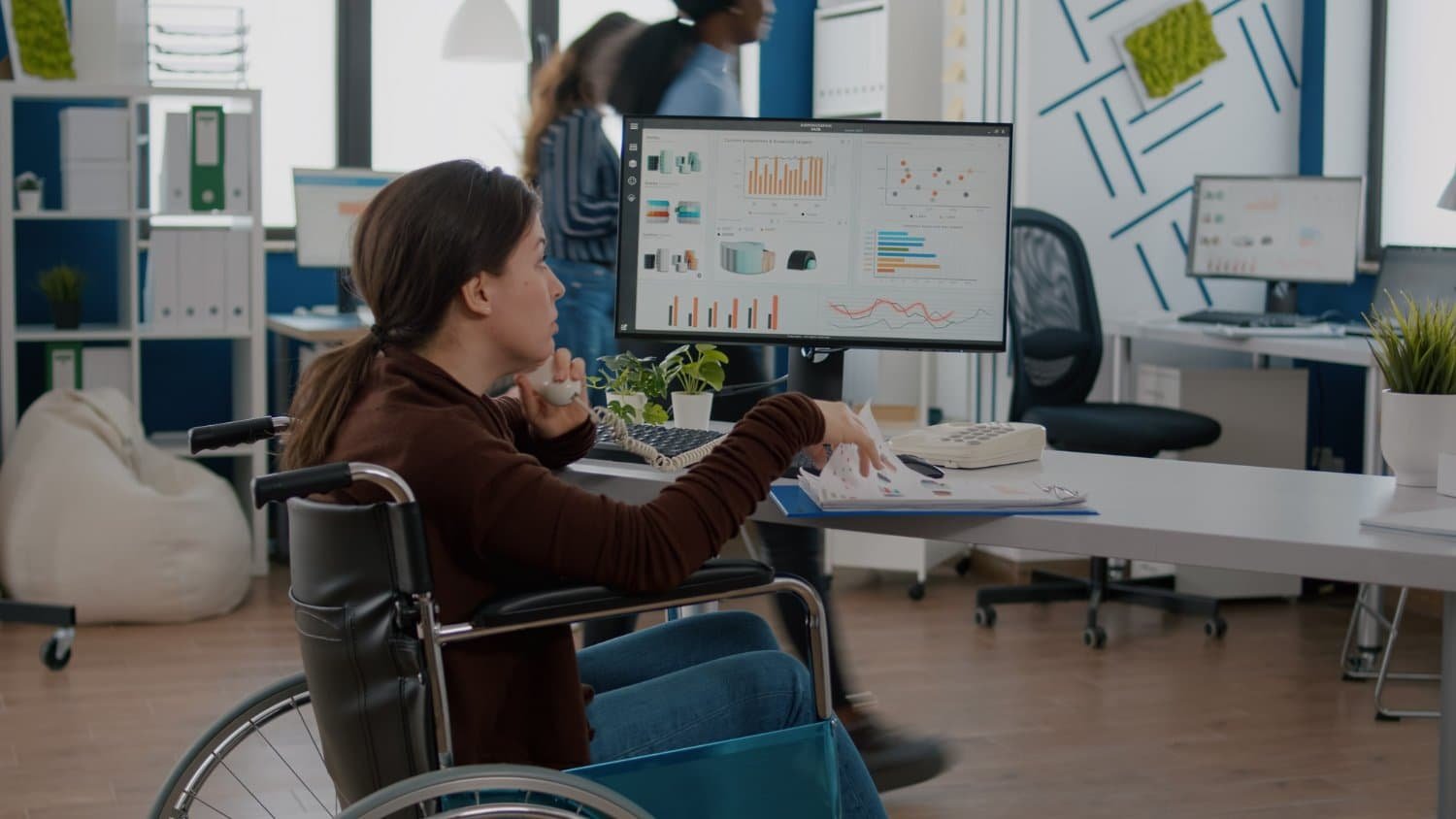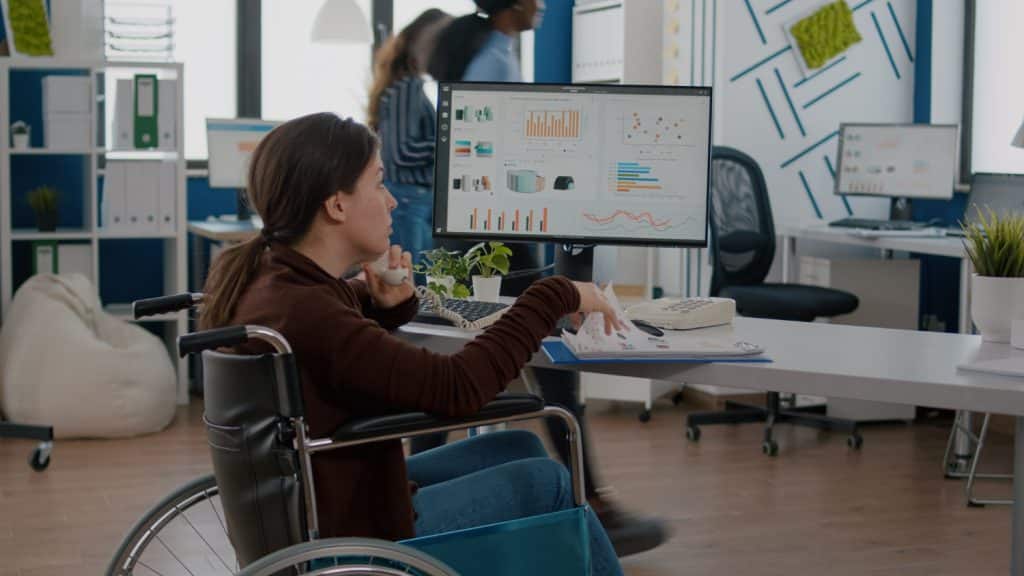Accessibility in Digital Design: A 2024 Overview
Hey there! Welcome to our guide on accessibility in digital design, tailored specifically for 2024. In today’s digital landscape, ensuring your designs are accessible to all users is more important than ever. So, let’s dive into what accessibility in digital design means and why it matters.
Accessibility in digital design refers to the practice of creating digital content and interfaces that can be easily accessed and used by people with disabilities. This includes individuals with visual, auditory, physical, cognitive, and neurological disabilities. By making digital content accessible, designers can ensure that everyone can interact with and benefit from their designs, regardless of their abilities.
Now, you might be wondering why accessibility is such a big deal. Well, the truth is, accessibility isn’t just a nice-to-have feature—it’s a legal requirement in many countries. Laws such as the Americans with Disabilities Act (ADA) in the United States and the Web Content Accessibility Guidelines (WCAG) globally mandate that digital content and interfaces must be accessible to people with disabilities. Failure to comply with these regulations can result in legal consequences and damage your brand’s reputation.
But beyond legal compliance, designing for accessibility is simply the right thing. It’s about creating an inclusive digital experience where everyone feels welcome and valued. Think about it this way: if you wouldn’t exclude someone from accessing a physical space, why would you exclude them from accessing your digital content?
In 2024, accessibility will no longer be an afterthought—it will be baked into the design process from the very beginning. Designers are leveraging advanced technologies such as artificial intelligence (AI) and machine learning to develop innovative solutions that enhance accessibility. From voice-activated interfaces to smart navigation systems, the possibilities are endless.
So, how can you ensure your digital designs are accessible in 2024? Here are a few essential tips:
- Follow Accessibility Guidelines: Familiarize yourself with the latest accessibility guidelines, such as WCAG 2.1, and integrate them into your design process.
- Prioritize Inclusive Design: Consider the diverse needs of your users from the outset and prioritize inclusivity in your design decisions.
- Test With Real Users: Conduct usability testing with people of varying abilities to identify and address accessibility barriers.
- Provide Alternative Content: Offer alternative formats for multimedia content, such as text descriptions for images and captions for videos.
- Stay Informed: Stay up-to-date with the latest trends and technologies in accessibility to continually improve your designs.
By embracing accessibility in digital design, you’re meeting legal requirements and creating a more inclusive and equitable online experience for all users. So, let’s make 2024 the year of accessible design!
Remember, accessibility is not a trend—it’s a fundamental aspect of design that benefits everyone. So, let’s work together to build a digital world where everyone can participate fully and equally.
Now, over to you! What steps are you taking to ensure accessibility in your digital designs? Share your thoughts in the comments below.
And that’s a wrap on our overview of accessibility in digital design for 2024. Thanks for reading, and until next time, happy designing!
Read Also:














